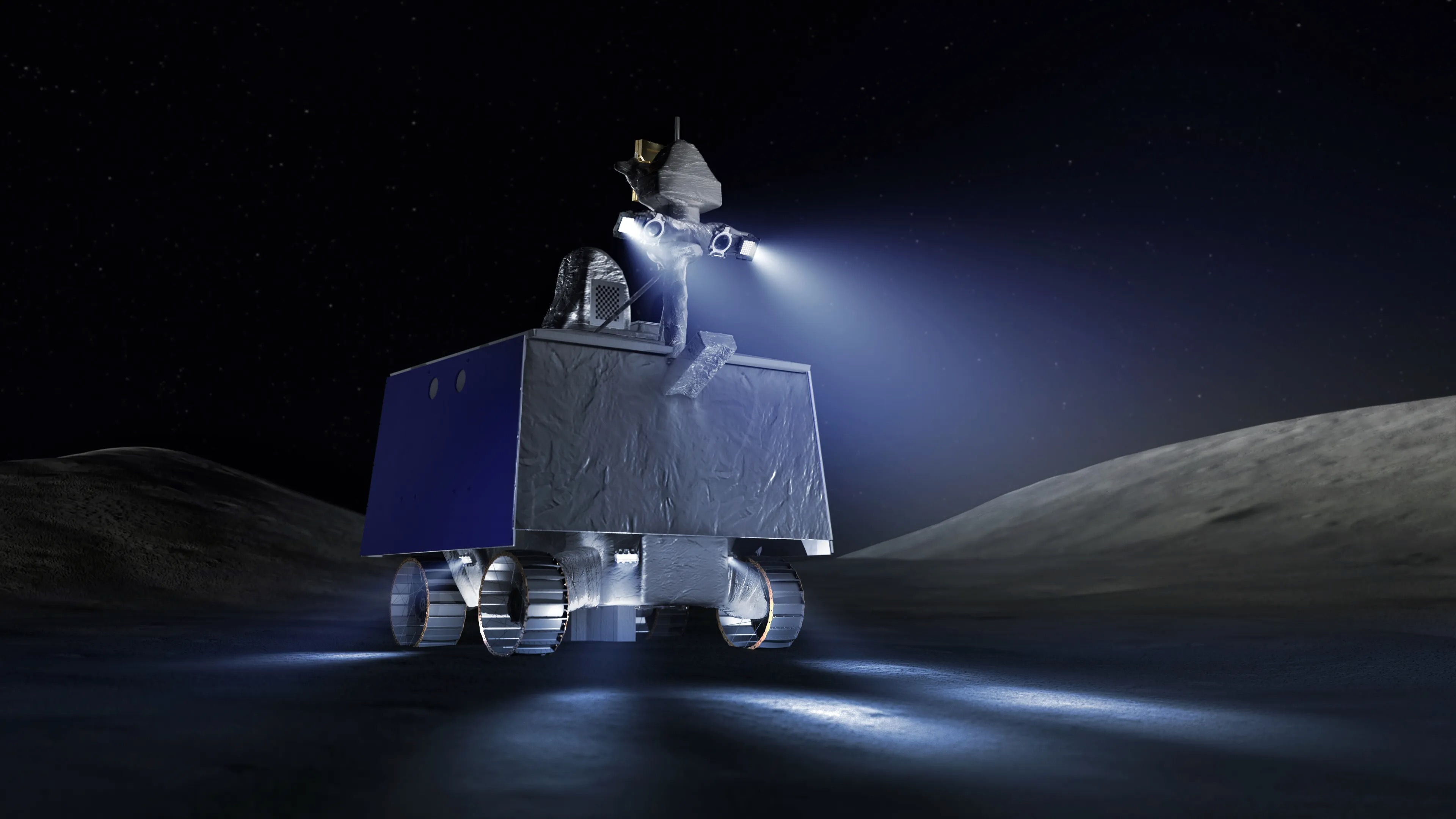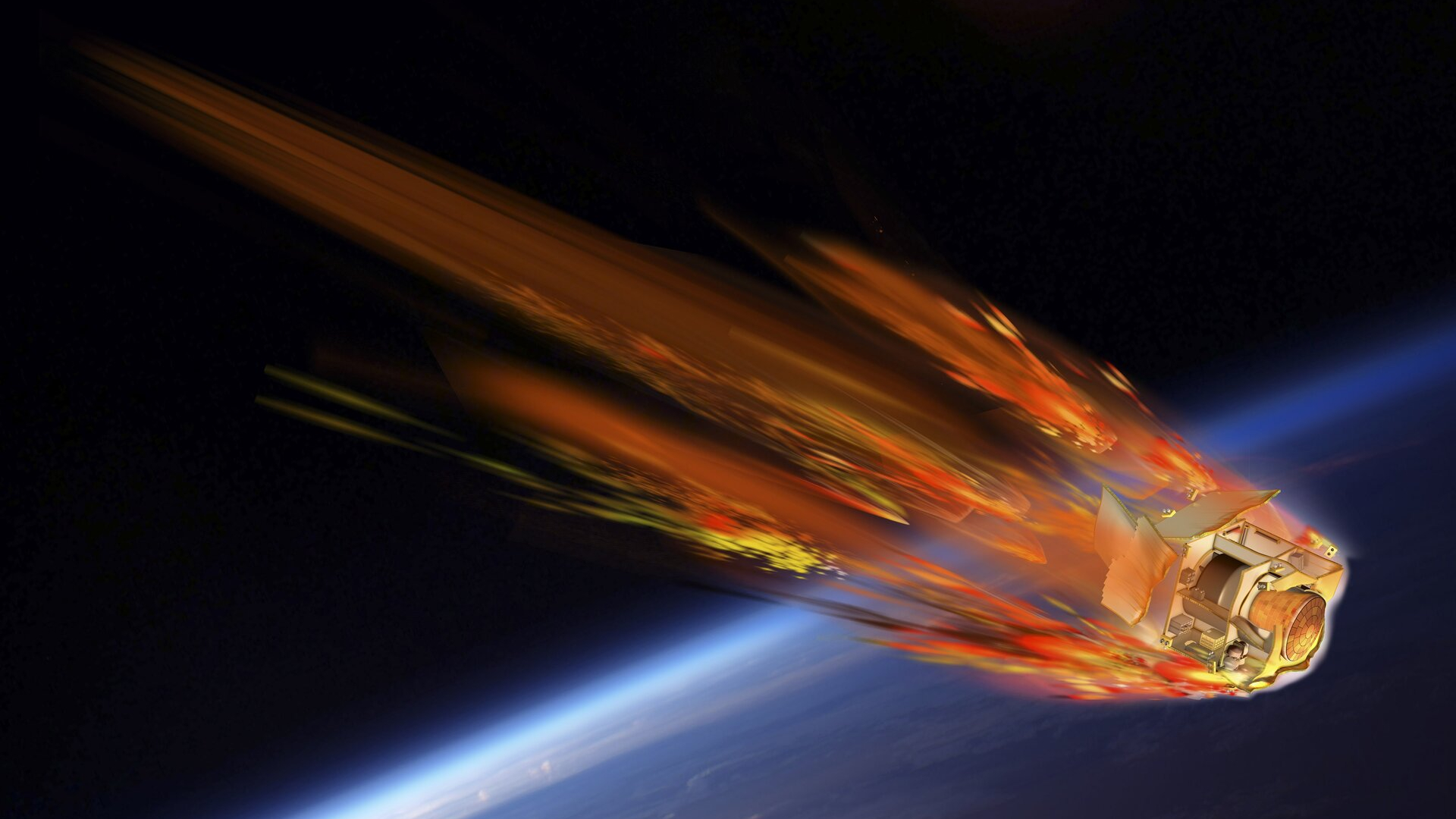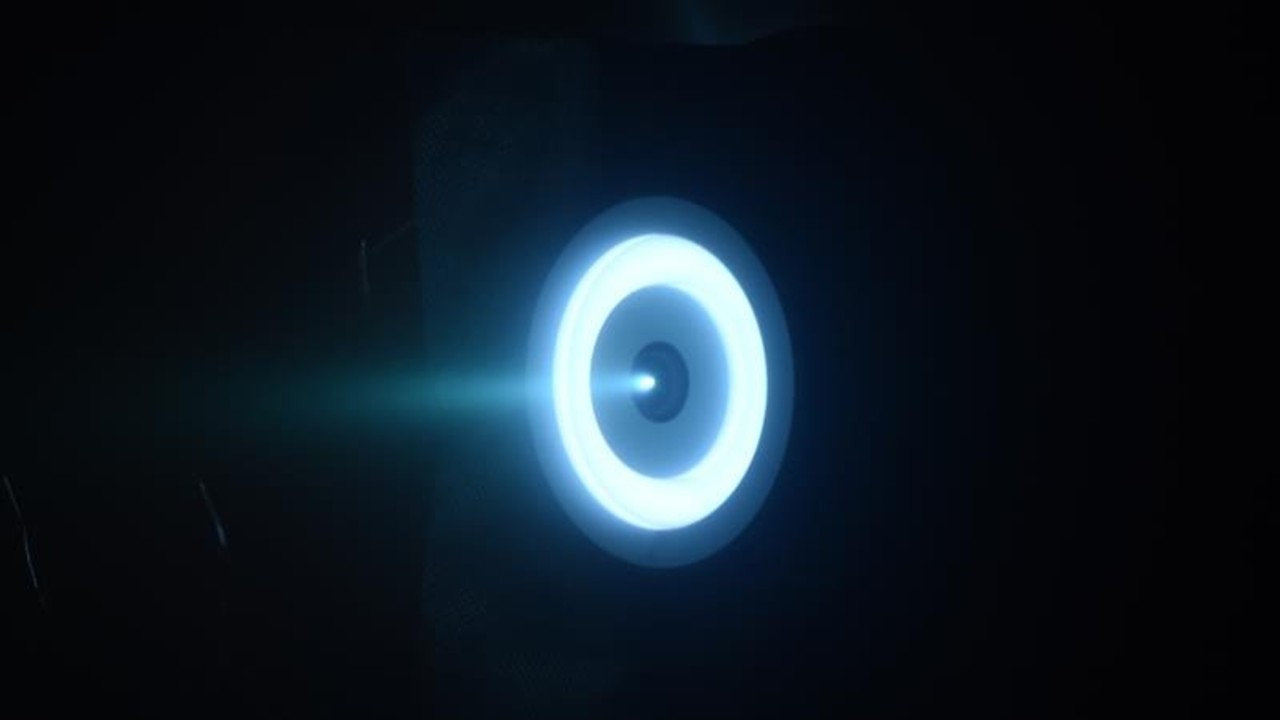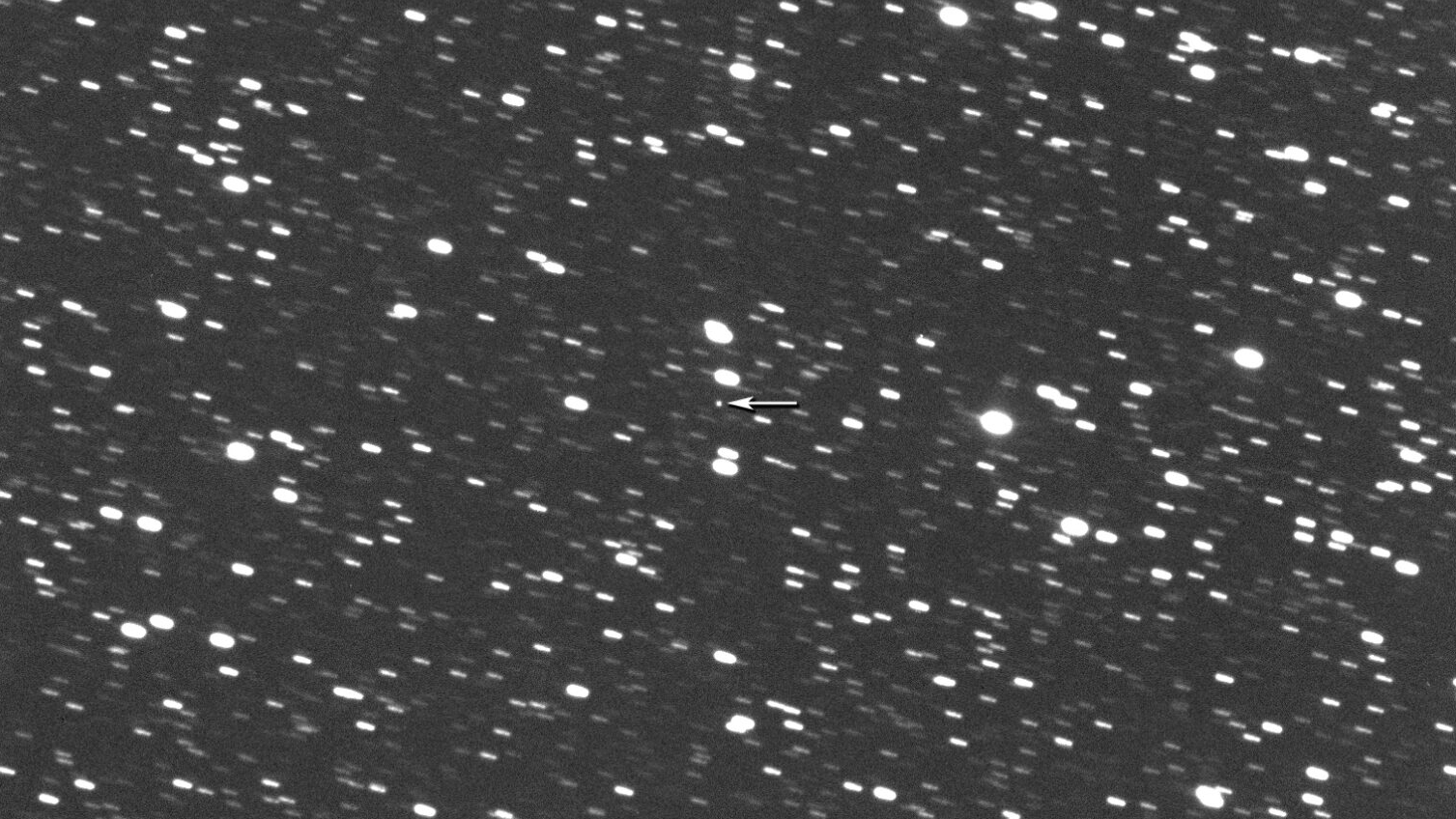Hubble Telescope Watches the Weather on Uranus and Neptune
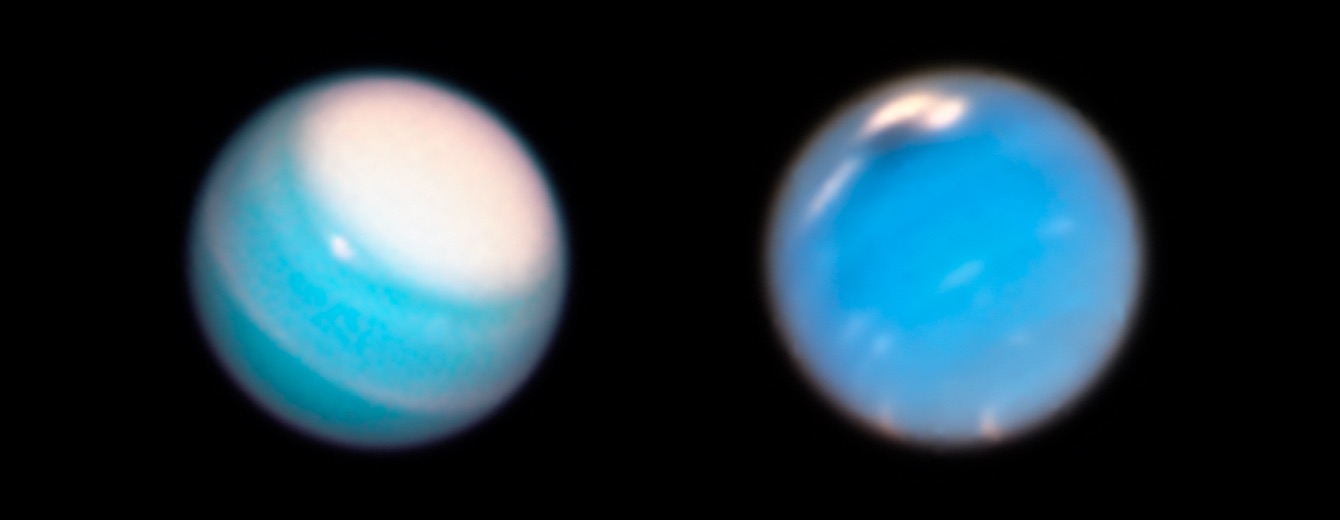
If you don't like your local weather, perhaps you would prefer the atmosphere on Uranus or Neptune — and the Hubble Space Telescope has an update on each planet's current conditions.
The telescope regularly checks in on the two outer planets to see what's happening in their atmospheres, and last autumn, Hubble captured incredible images of clouds on both worlds.
Uranus is currently deep into its summer season, and that shows in the giant, white cloud covering the planet's north pole, which currently points toward the sun. As scientists have watched the Uranus summer progress — a season on this distant giant world lasts 21 Earth years — they have seen this massive cloud grow even bigger. The large polar cap is accompanied by a smaller, bright cloud of methane ice. [Photos of Uranus: The Tilted Planet]

On Neptune, where seasons last for 41 Earth years, it's winter in the northern hemisphere. That hemisphere is currently sporting a massive dark storm that stretches about 6,800 miles (11,000 kilometers) across.
Scientists aren't sure what phenomenon creates Neptune's dark storms, although the tempests seem to pop up about twice a decade and disperse within about two years. Researchers suspect that the storms creep upward through the planet's atmosphere, lifting the ingredients of deeper layers of the atmosphere to the top.
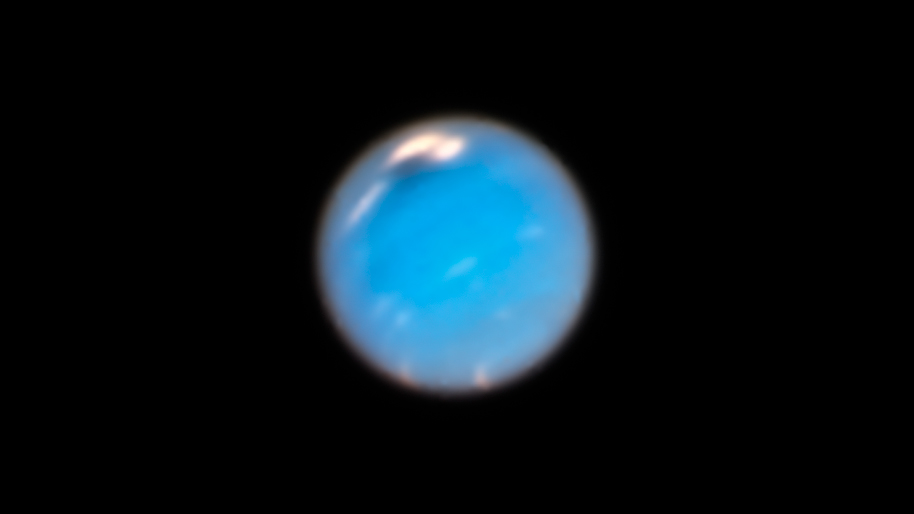
Near the dark storm currently on Neptune, Hubble spotted another atmospheric feature: sparkling white "companion clouds," which scientists have spotted around dark storms in the past. Astronomers suspect that these bright clouds are full of methane ice that's been rapidly pushed upward and frozen.
Email Meghan Bartels at mbartels@space.com or follow her @meghanbartels. Follow us @Spacedotcom and Facebook. Original article on Space.com.
Get the Space.com Newsletter
Breaking space news, the latest updates on rocket launches, skywatching events and more!
Join our Space Forums to keep talking space on the latest missions, night sky and more! And if you have a news tip, correction or comment, let us know at: community@space.com.

Meghan is a senior writer at Space.com and has more than five years' experience as a science journalist based in New York City. She joined Space.com in July 2018, with previous writing published in outlets including Newsweek and Audubon. Meghan earned an MA in science journalism from New York University and a BA in classics from Georgetown University, and in her free time she enjoys reading and visiting museums. Follow her on Twitter at @meghanbartels.
